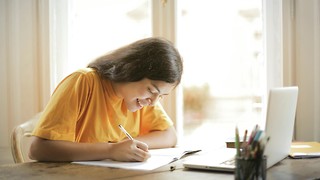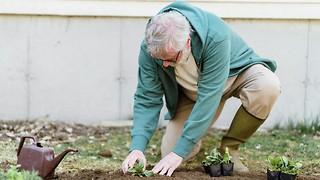Modern Times: Responding to Chaos
Kettle’s Yard

Maybe I’m the kind of reviewer who when he writes about art just analyses art. I focus upon whatever I’m reading or viewing and what could be said about it. But while attending the first of Kettle’s Yard’s Modern Times exhibitions this approach became increasingly difficult to sustain. For, as curator Lutz Becker has it, “Process and material are often the subject of the work” put before us in this maddening show of trendy twentieth century artworks. True, great art often turns upon its own limitations; but it’s hardly necessary, in 2010, for Becker to provide an essay in which to drop such undemanding clangers as “Art has become self conscious.” Many of his selections appear, therefore, as extremely mediated displays of technique before emotion. Their titles alone (Edward Wadsworth’s Abstract Composition and Gustav Klucis’s Architectural Study) highlight not a particular motif or idea but creative activity itself. These drawings are not to be approached as clues to some concept or experience but as new, autonomous objects in themselves.
How to reconcile this art for art’s sake aesthetic with Modern Times’ topical agenda? Through a fetish for the abstract and minimal which verges on sheer austerity. Geometric images recur and circulate in various, occasionaly interesting, contexts, their impersonality a predictable gesture of “artists addressing a period marked by…accelerating technological change”. David Rabinowitch’s Construction of Vision is deceptively simple, both mechanical in structure and fragile in spirit; but there are too many pieces here (particularly those from architecture) which appear more fashionable than compelling. Worse still is the exhibition’s lack of a chronological order, a decision which leaves de Kooning isolated from Jackson Pollock, privileging tenuous contrast over historically legitimate echo. Yet as one leaves the gallery they glimpse one piece which makes it all worthwhile: Paul Klee’s gawky 1929 drawing of an Old Man Counting. Based around thin lines that rush across the picture plane, accumulating between the subject’s blank eyes and lively fingers, Klee makes technique the key to an inspired and dead-pan visual surprise.
 News / Uni Scout and Guide Club affirms trans inclusion 12 December 2025
News / Uni Scout and Guide Club affirms trans inclusion 12 December 2025 News / Cambridge Vet School gets lifeline year to stay accredited28 November 2025
News / Cambridge Vet School gets lifeline year to stay accredited28 November 2025 Science / Did your ex trip on King’s Parade? The science behind the ‘ick’12 December 2025
Science / Did your ex trip on King’s Parade? The science behind the ‘ick’12 December 2025 News / Cambridge study finds students learn better with notes than AI13 December 2025
News / Cambridge study finds students learn better with notes than AI13 December 2025 News / Pembroke to convert listed office building into accom9 December 2025
News / Pembroke to convert listed office building into accom9 December 2025







